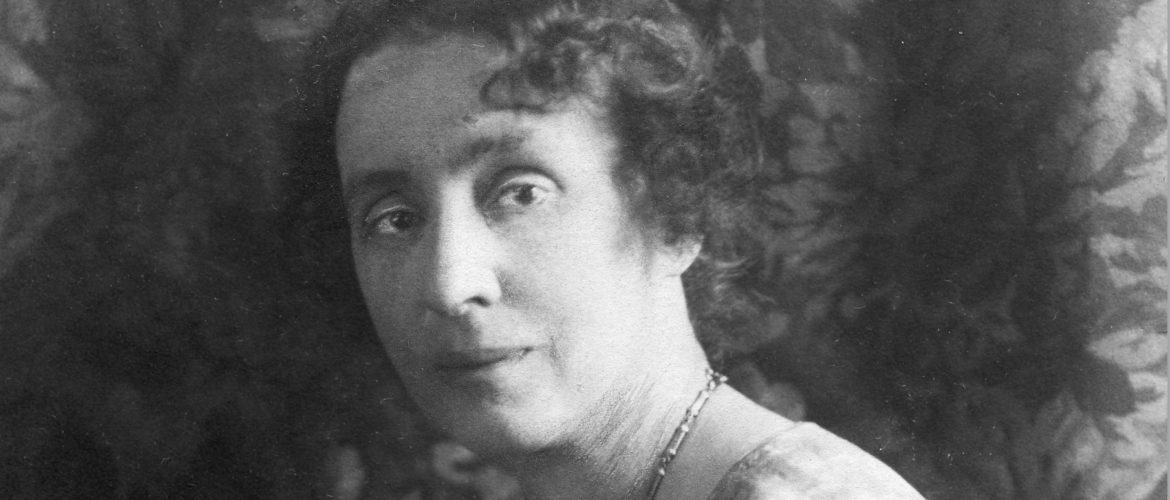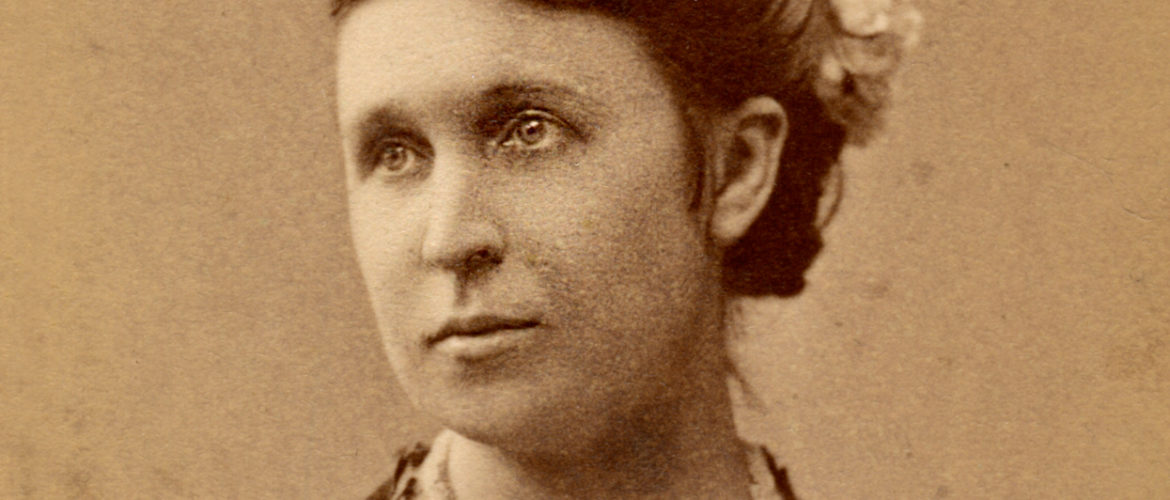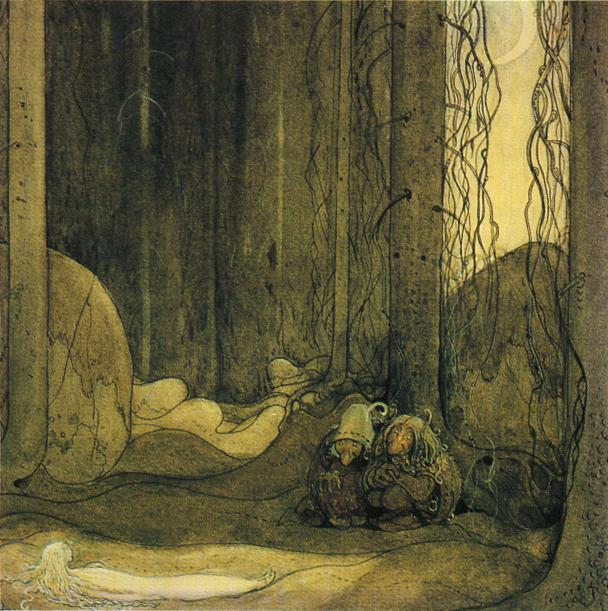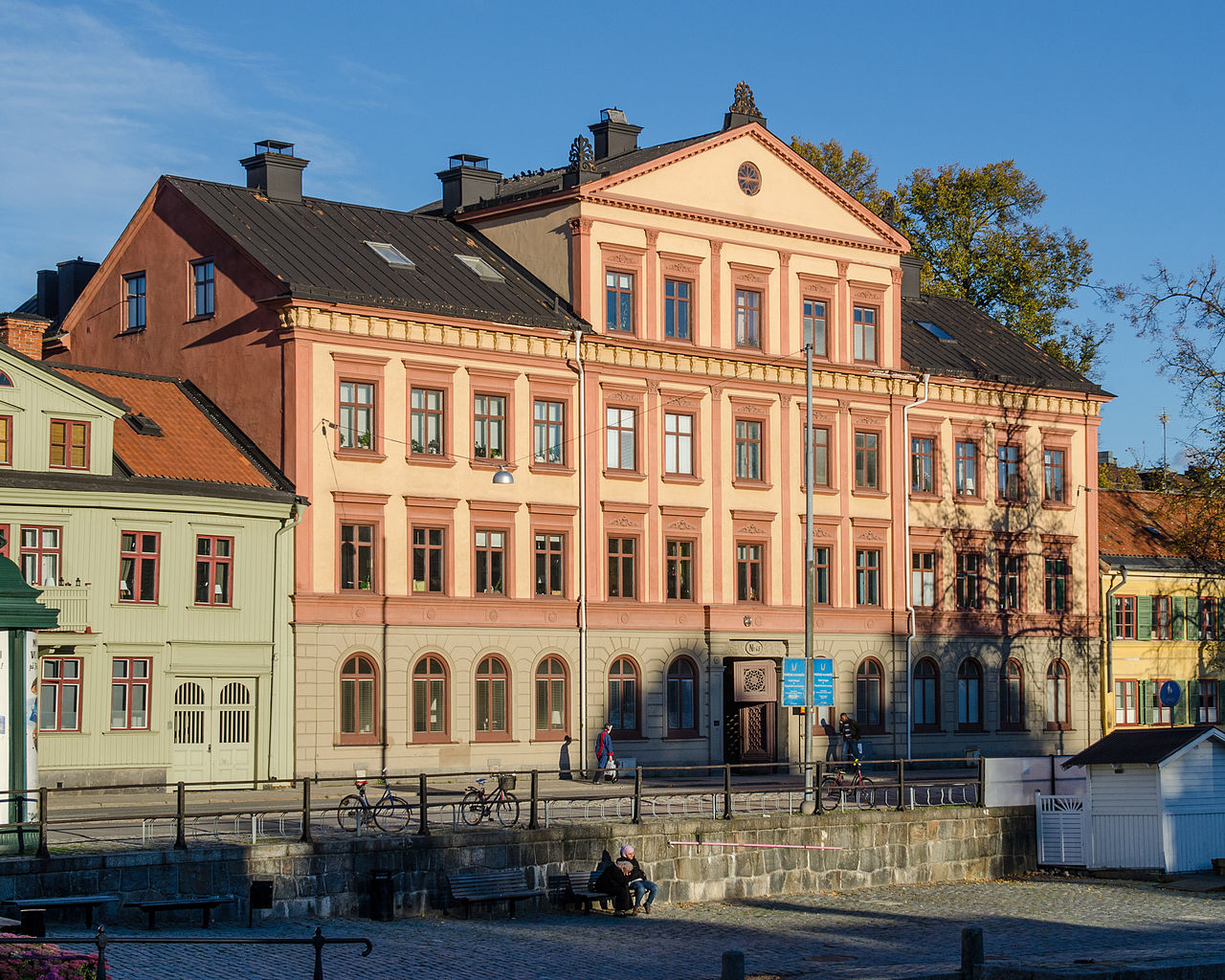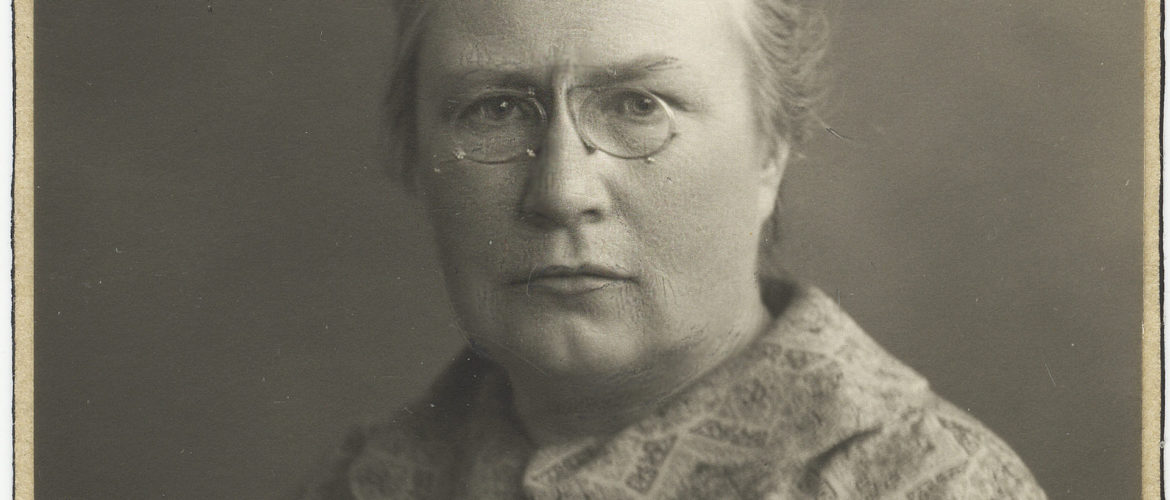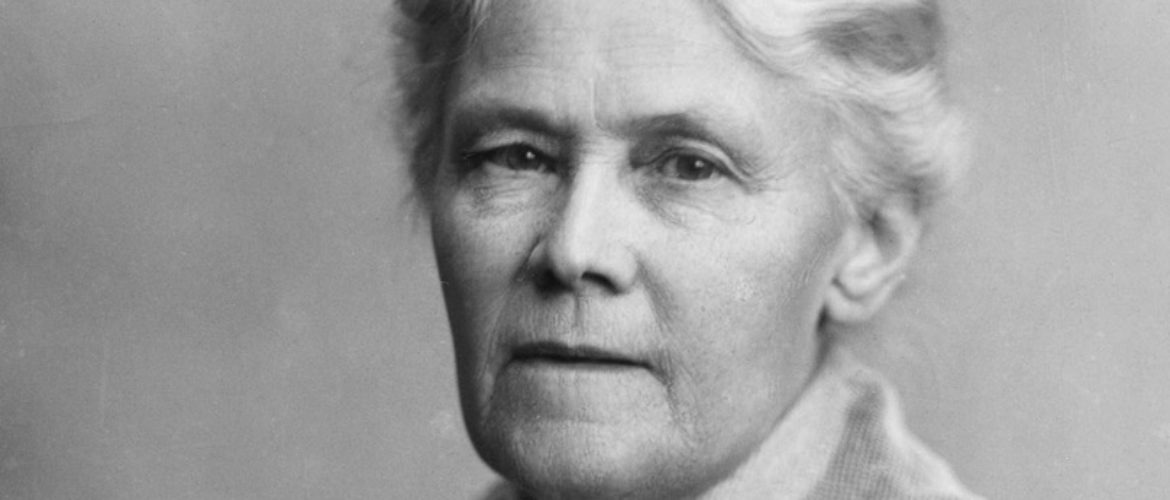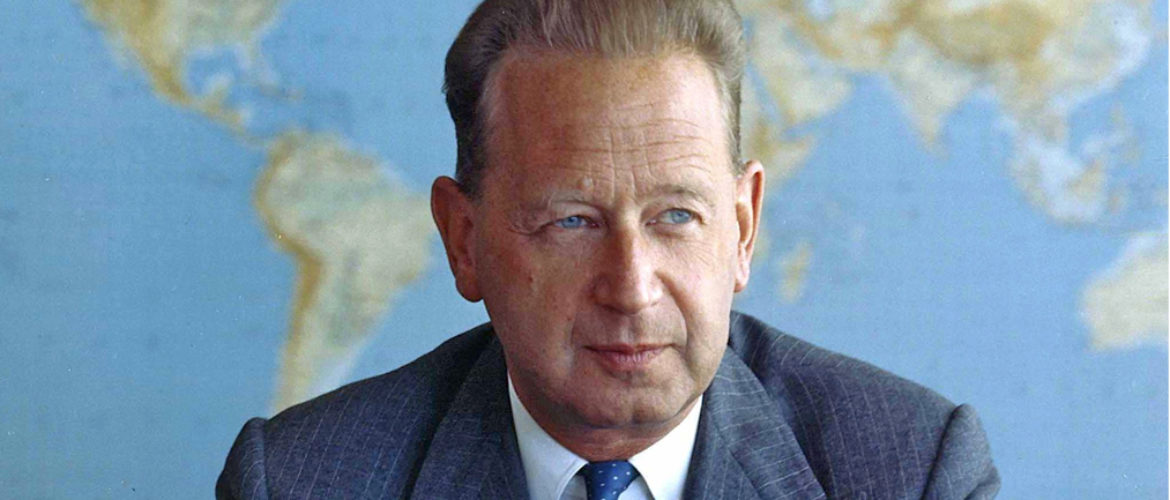1873-1967.
Women's rights activist, publicist and politician.
Ellen Hagen initiated the formation of the Uppsala Women's Suffrage Association in 1902 and was its president until 1923. Hagen was one of the foremost advocates of women's suffrage in Sweden. She was married to Robert Hagen, who was County Governor of Gävleborg County from 1918 to 1922.
She was also one of the initiators of the National Association for Women's Political Suffrage, and one of the founders of Frisinnade kvinnor 1914. Hagen was chairman of the Swedish People's Party Women's Association 1938-1946 and of the Swedish Women's Civic Association 1936-1963.
Ellen Hagen also participated in international peace and suffrage work and was a Swedish delegate at the disarmament conference in Paris in 1931.
Burial site: 0103-1967
Image description: Ellen Hagen, unknown year. Photo: Länsmuseet Gävleborg. [The image is cropped]
Click here for an uncropped image

